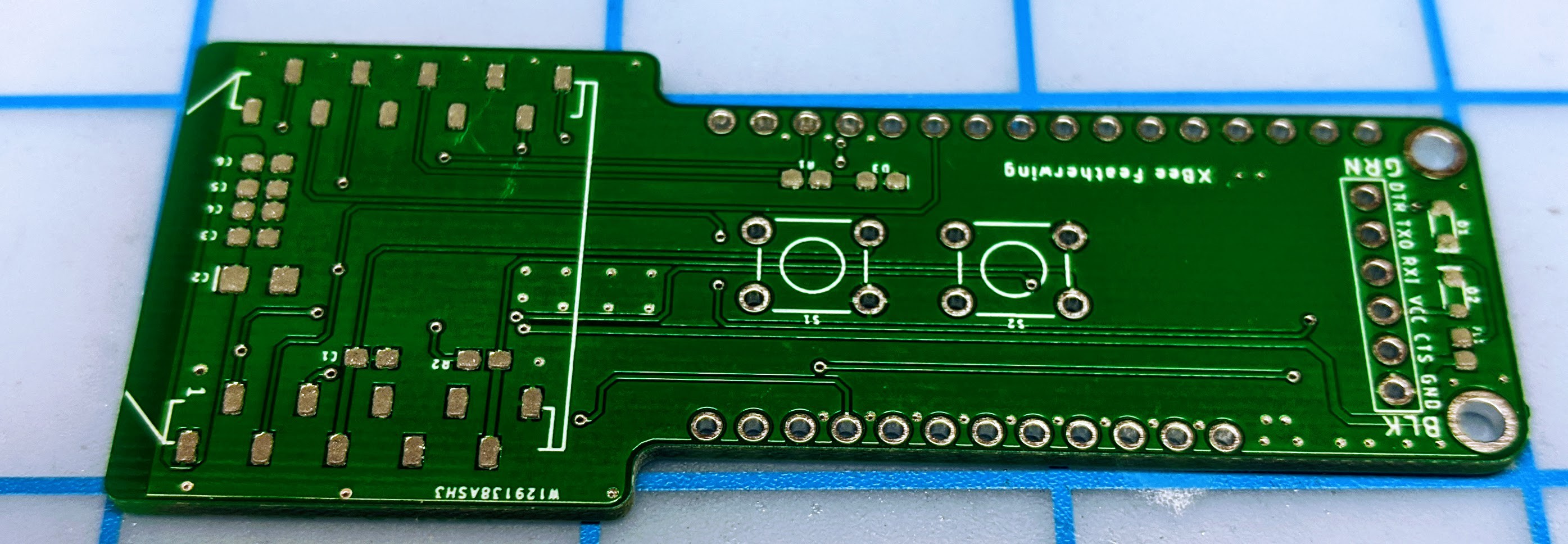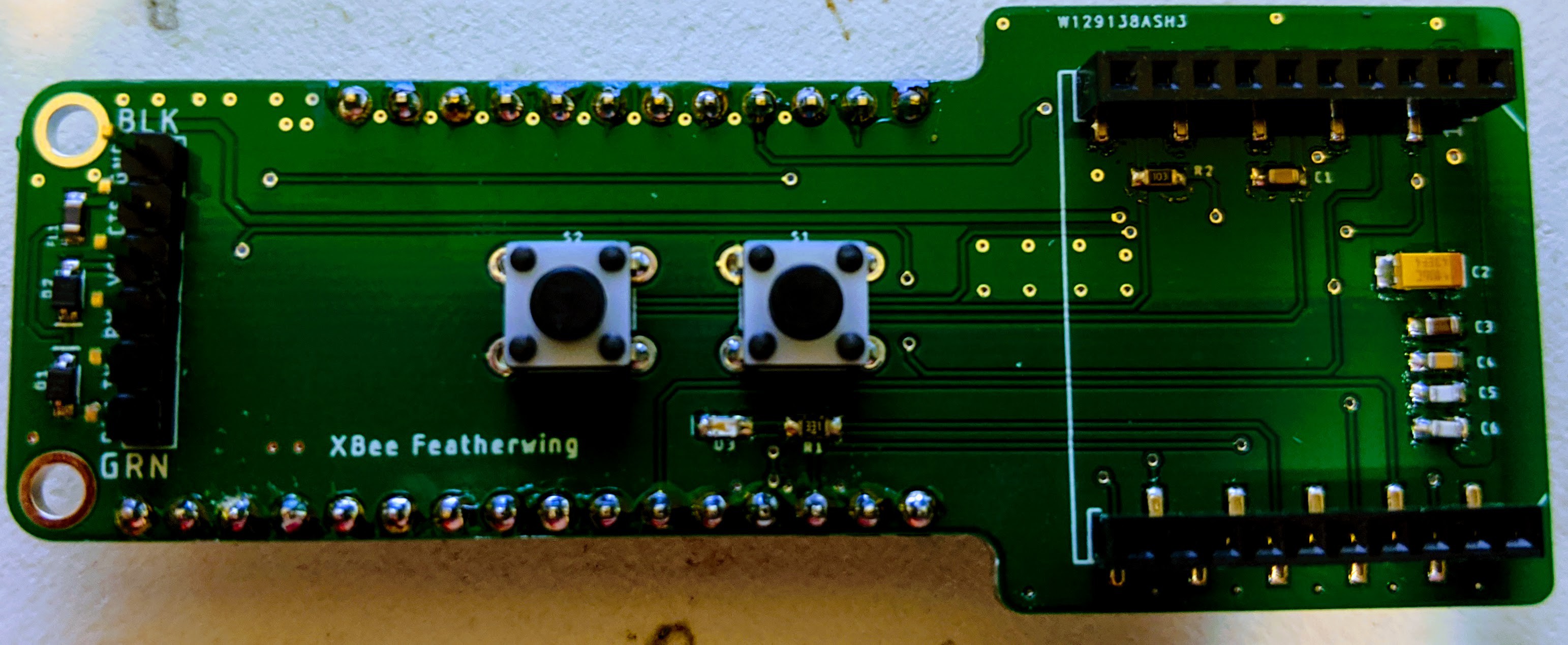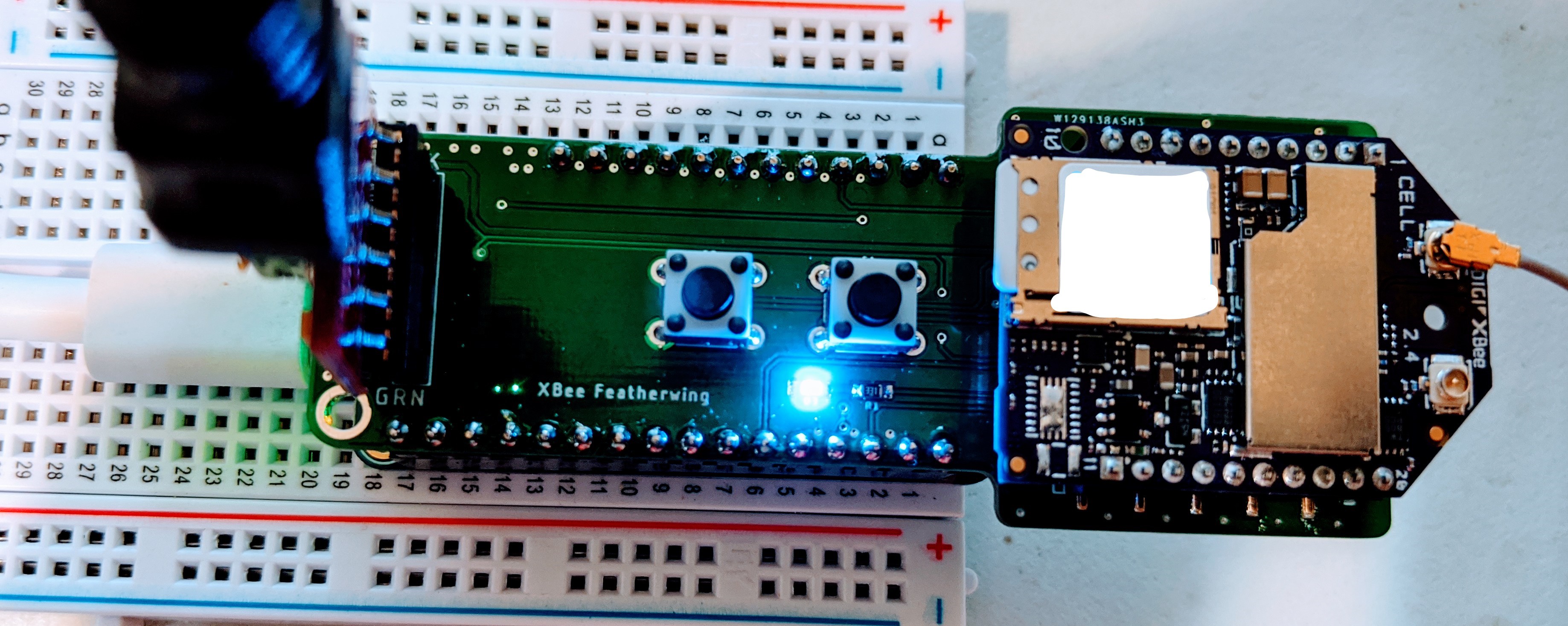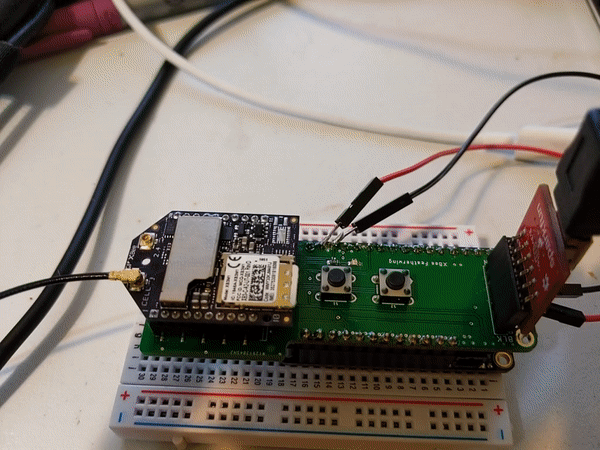The featherwing assembly is very simple because it includes very few components including headers, capacitors, an LED and a couple of diodes.

After assembly, the first step was testing:

The board could be powered using an FTDI adapter board or by stacking it on top of a board from the feather ecosystem.
The basic functionality of the board has been verified. I am able to power up the board and make the cellular module connect to the network.

Cellular module connected to the network:

 Sai Yamanoor
Sai Yamanoor
Discussions
Become a Hackaday.io Member
Create an account to leave a comment. Already have an account? Log In.